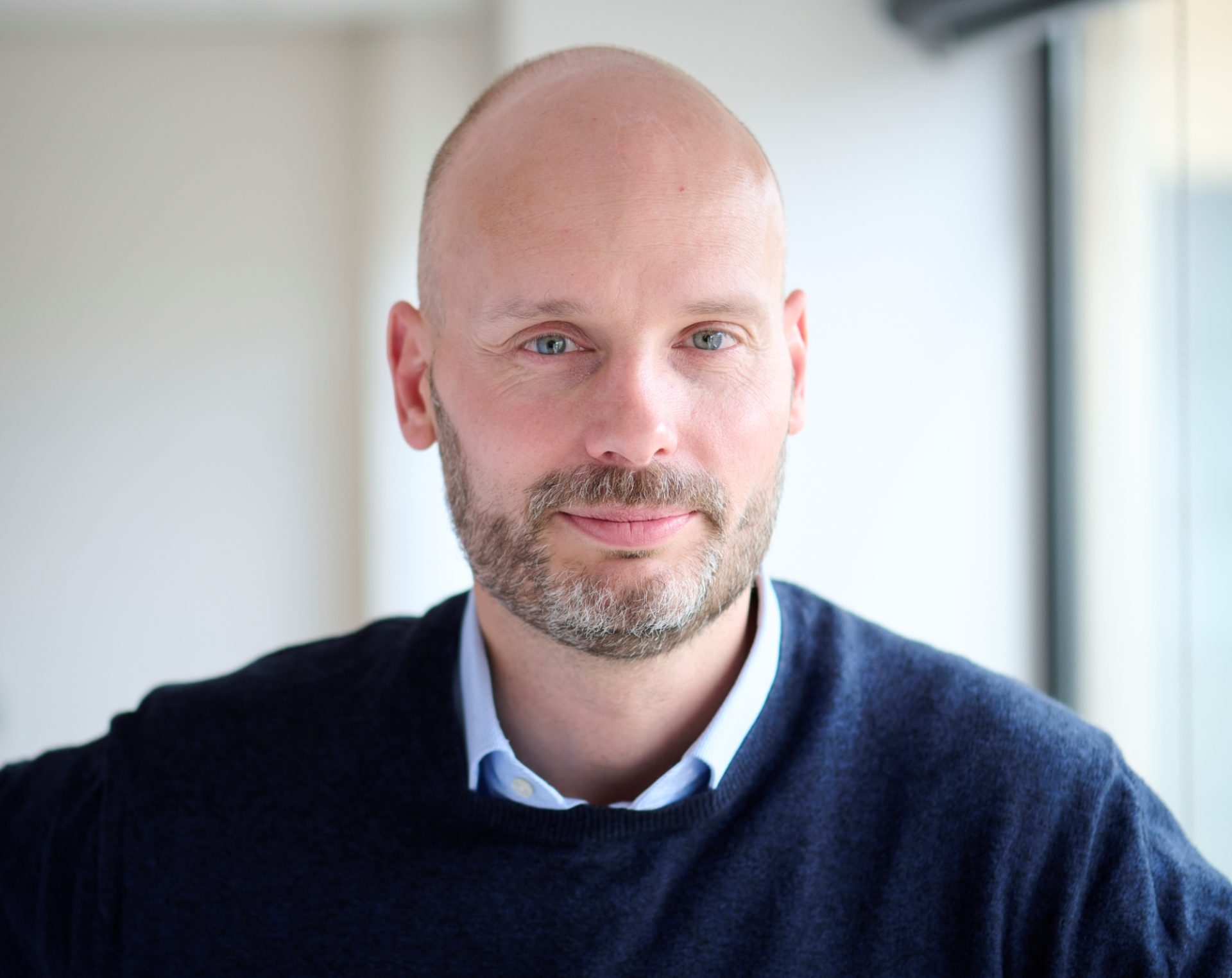Imagine you had your own personal chef. Maybe you hired her because you no longer had time to cook. All those fast food and microwave meals were proving unfulfilling and contributed to warnings that your diet needed an overhaul. This chef would feed you Monday through Sunday, morning and night, without fail. She would know exactly what you needed to eat, when, and in which quantities. She would ensure it was totally tasty, easy to digest, and energizing. Now, can you imagine if on top of that service, your chef saved you money? Yes, you would pay her monthly fee, but because she was such a savvy supermarket navigator, your grocery costs would go down. Because she ran the kitchen so efficiently, your gas, electricity, and water bills would plummet. And finally, because you had your own personal chef in-house, you would delete all those takeaway apps from your phone, no longer paying inflated restaurant prices plus third-party delivery surcharges. Wouldn’t it be great: having this experienced professional offering bespoke attention and full-time availability all while saving their client money?
Well, as an IT partner, that’s exactly what Schuberg Philis is. Our specialty is not making soufflés or cooking sous vide, but rather enabling mission-critical cloud technology through good craftmaship and saving companies money at the same time. A recently launched project with one of our longtime customers in the cloud well demonstrates how we did just that.
The case
Enexis has been our client for years. In 2017, we began helping the Dutch energy grid provider transition from its on-premise third-party-controlled datacenter to the cloud to achieve greater agility and scalability. In 2020, Enexis became dissatisfied with a particular application’s performance. This was a crucial application that over 2,000 team leaders and managers relied on daily to provide reports on KPIs concerning field engineering. The field workers were the last link in a mission-critical chain ensuring that approximately three million customers in the Netherlands had heating and lighting. It was good news then for Enexis when a version of this application with expanded and improved features became available, and they asked us for assistance on its integration and migration into their existing AWS ecosystem.
Within just four months, the project we launched was delivering obvious improvements. The application performed better, meaning it had 100% stability, with no incidents to report of. It produced faster, easier-to-customize reports with new features that accelerated the application’s responsiveness and user-friendliness. Both factors meant a lot of time was gained, and the staff could work more efficiently, which in turn led to greater everyday job satisfaction. Thanks to the cloud’s flexibility, Enexis’s business department could regularly run reporting tests and experiments with the new application while we, in collaboration with the company’s IT department, tweaked the technology. Yet most remarkably, within just half a year, we guided Enexis to a 69% reduction in cloud consumption costs. And by the time one year had gone by, the company was paying 73% less.
The numbers
Partnering with Enexis, we made it our priority, as always, to ensure complete client satisfaction. This meant foremost helping the company regain control of the application that enabled provision of its mission-critical service. But because Schuberg Philis maintains that all cloud migrations should generate business value as soon as possible as much as possible, it was a given that we would concern ourselves with what Enexis was spending in cloud costs.
The overview below shows the cloud costs Enexis paid and how they evolved – read: diminished – as our work together evolved. When we initiated the project, monthly costs surpassed 10,000 euros. A year later, they fell below 3,000 euros.
Month | Cloud consumption costs | Event |
July 2020 | 10,049 EUR | Schuberg Philis launches the project to deploy the new version of the application. |
November 2020 | 8,417 EUR | The application goes live in production, according to the application requirements and design, the customer’s in-house architects, and our own insights. A smart design with greater functionality immediately cuts costs. One insight leads us to create a new third environment, which lets the customer test out releases with no downtime and reduced failure risk. We take over full responsibility of infrastructure and application management. |
December 2020 | 4,166 EUR | First round of improvements in the new application focuses on reducing costs via procedural changes (reducing the retention time of backups from 30 to 12 days) and finding exactly the right instance to use (rightsizing). |
January 2021 | 3,654 EUR | Second round of rightsizing improvements in new application focuses on tweaking on the condition it does not harm performance. We also take advantage of a new AWS storage product, with a better price-performance ratio. |
June 2021 | 2,671 EUR | The new application proves stable, users are happy with the performance, and the company is pleasantly surprised by the lower costs. |
The people
The overview specifies which event took place when to reduce costs, but what drove this evolution in savings was not simply penny-pinching or number-crunching. Each event was a concrete materialization of Schuberg Philis’s beliefs. A cornerstone to our principles is making customers’ business our business too. That is, we’re interested specifically in how much and how quickly the business generates value and satisfaction for and within the company itself. All these principles come to life thanks to one common denominator. As we regularly say at Schuberg Philis: it’s the people, actually.
By ensuring that each project is designated its own person – its own engineer – who maintains oversight from start to finish, we take full responsibility for both the IT and the business value involved in migration. We don’t wait for customers to request that we look into cost-cutting. Our engineers treat customer’s wallets like their own. This means that even during the initial design phase of a project, they select technology that delivers top performance with the lowest expenditures possible. They learn the ins and outs of whatever application or applications are at stake. Because they enjoy it but also because it’s part of their job, they keep up to date with the latest and leanest in cloud technology. That said, our engineers know how to delimit their responsibilities, providing sound ready-to-use fit-for-purpose systems but letting our customers, as subject experts and product owners, fine-tune parameters and content. A comparison could be to a personal chef who prepares the ideal meal, while the diner decides which plate and silverware to eat with.
The bottom line
When most people consider mission-critical outsourcing, cost-cutting isn’t what first comes to mind. But in our nearly two decades of experience, we’ve seen how bespoke attention and full-time availability necessarily involve nurturing IT needs as much as nourishing business. And good business always means striving towards a better bottom line.
For Enexis, our very personal partnership led to a better performing application and a 73% reduction in monthly cloud consumption costs. The company’s IT department was relieved and the business department was pleasantly surprised. Meanwhile, thanks to Enexis, millions of Dutch households and businesses stayed powered. This was especially crucial during a time when more employees than ever worked from home, and being connected to the grid meant people could keep their bodies, minds, and sprits well fed.
Interested in partnering with Schuberg Philis? Get in touch.


